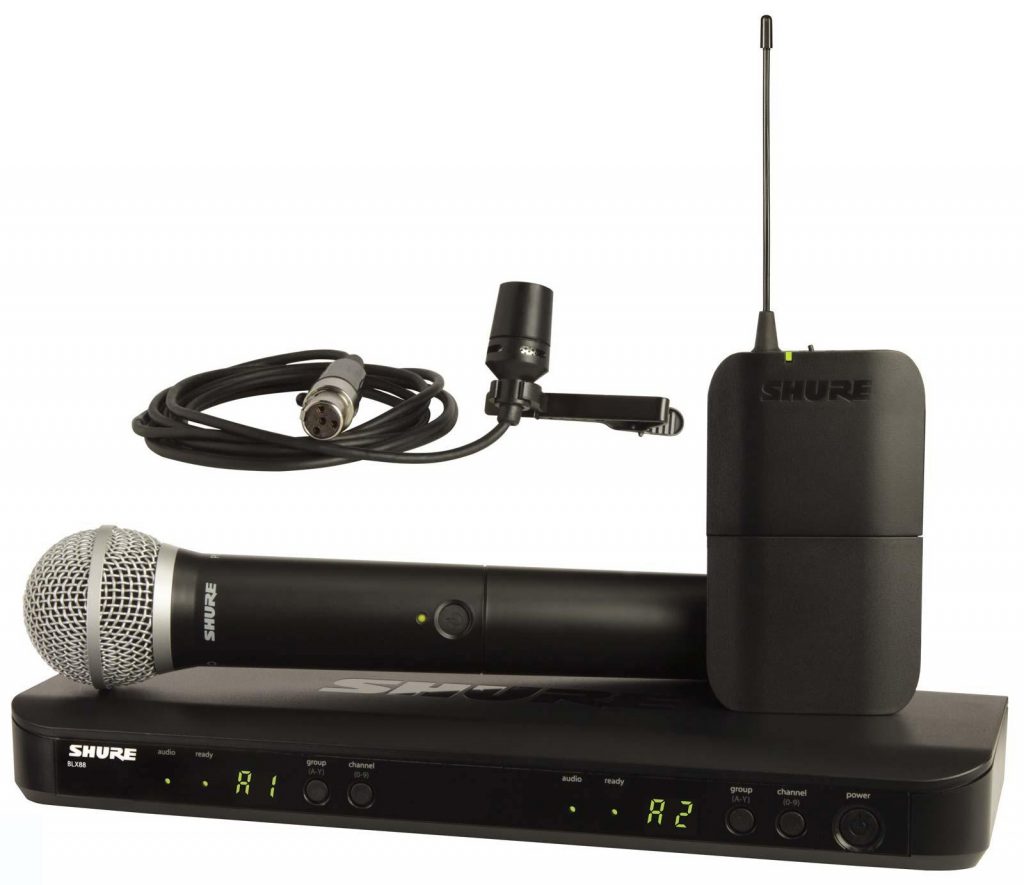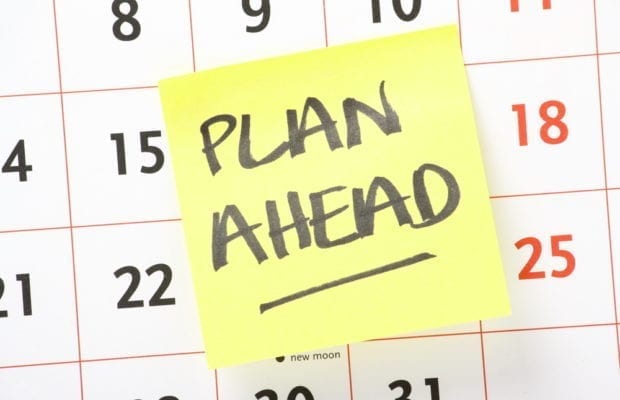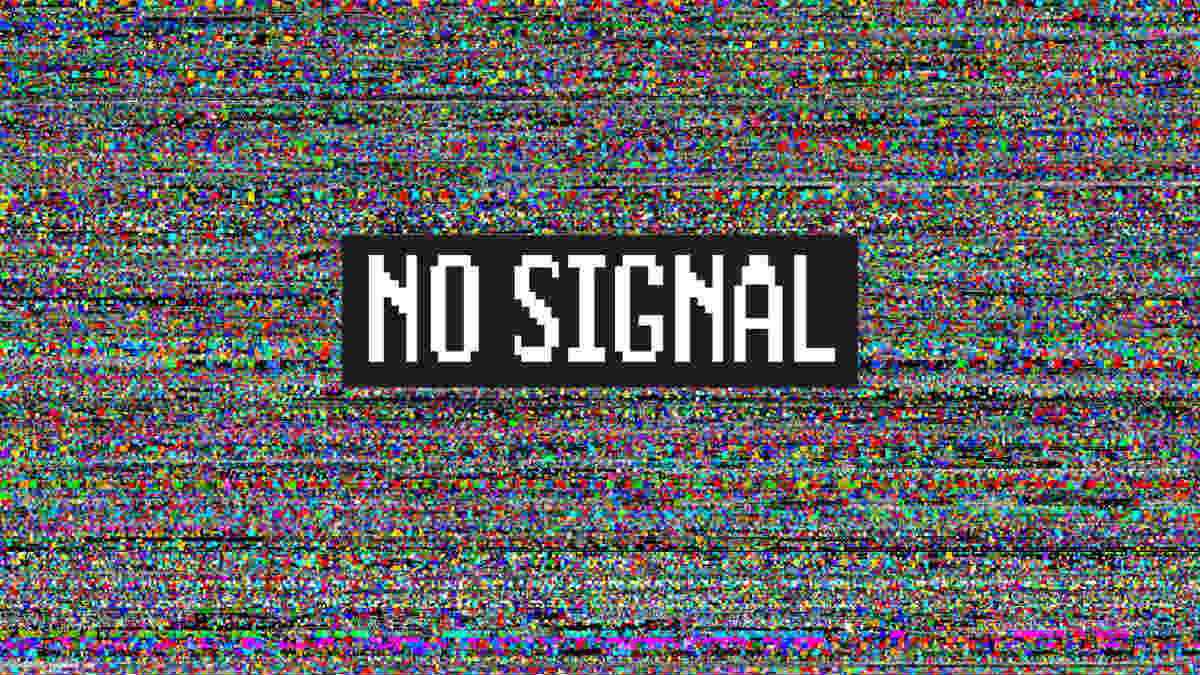I was just involved in a discussion among a group of advocacy organizations asking about live streaming family conferences and scientific/researcher meetings. Similar

We
How many sessions did you livestream and how much time were your sessions?
We’ve been live-streaming our MLD Family Conferences for 5 or 6 years (video recording for over 10) and also providing contracted services help other advocacy groups and scientific/researcher conferences video record and livestream for 3 or 4 years.
We’ve streamed dozens of 15-20 minute scientific presentations a day as well as 4 or 5 two-hour family conference sessions a day. We are contracted later this spring to live stream two simultaneous breakout sessions.
It’s not how many sessions that is a challenge … it’s how many simultaneous sessions. There are equipment and Internet upload bandwidth considerations.
Did you charge for livestreaming?

We have not historically charged MLD viewers for live streaming, but we have some upcoming customers that do want to charge so we are helping them to establish a viewing “paywall”. The information streamed is valuable, being able to participate live is valuable, and if the viewers choose to view a stream instead of pay a registration fee there can be lost revenue to the organization.
With that said, sometimes organizers don’t want a paywall as much as a pre-registration and pre-authorization firewall … i.e., they need to know and control who can view the stream for IP, confidentiality, publish-ability, and or other needs for privacy.
Did you have a reasonable response from the medical and scientific communities in attending the sessions?

We don’t have a formal scientific conference at our MLD Family Conference™ so there is no issue with what is shared in the room and live at our events. However our contracted work, particularly with researcher/scientific conferences – and I suspect the same would be true for disease specific scientific meetings in parallel or adjacent to family conferences – has taken a long learning curve to perfect. Researchers don’t generally come from a place that presumes “sharing it all” publicly. We’ve had to work with them to build trust, explain why it’s valuable to stream (And record), develop mechanisms to protect privacy, be respectful, and to honor unpublished information (and I promise you that very seldom are all 25 slides in a 25 slide presentation unpublished data). Our trust is built because we come from within the rare disease community and understand what they are trying to accomplish and their constraints – and we convert that upfront as we work with each presenter.
And I should point out that there are often differences in what can be streamed from what is recorded .. and then how the recordings are used.
What were the average costs involved?

It’s not just costs, it’s technical expertise. Hotel WiFi and wired Internet is very unpredictable. Big upload bandwidth on a hotel contract seldom equates to consistent bandwidth or consistent latency. The producer has to set the stream parameters like frame rate, CODEC, pixels, and more to balance viewing with the capability of the venue. And if you don’t know what those parameters are, or how to adjust them, or which one to adjust, you likely end up with a very poor viewing experience.

Anyone can “go live” on Facebook these days … but stream quality using Cellular can vary, data gets consumed real fast when you stream for hours at high resolutions, and you need to think about how you want to use the stream long after the event. FaceBook live ends up on Facebook – and you likely want it permanently somewhere else. And YouTube is not always the optimal place for archived video either – we prefer the more professional Vimeo. OF course you can stream with your phone via WiFi … but then you will likely have all of the same problems I describe above. And your phone or basic camera with streaming device does not have many settings to compromise and recover when things go south.

You also need to consider what is being streamed … if it’s a conversation then one camera (phone or fixed) might be OK, but if there are slides and references pointing your camera at a screen in a room will not give viewable quality. Or you may want a logo, titles or a web link on the stream. All of this requires some sort of live production. We do our live tv-studio quality production on a MacBook Pro … we use talking heads, superimposed logos, periodically remind viewers how to engage and ask questions, tell them what coming next so they don’t wander away, can patch in remote presenters, sometimes even live viewer text and audio comments, etc.

Livestream requires great audio (and audio is important to in room participants as well) so we have to have microphones, a mixer and speakers.
If you want to capture in-room Q&A that’s requires more audio and at least one more camera with either remote control or an operator. If your presenter is a (more engaging) “wanderer” that is a different requirement for your main camera operator than someone glued to a podium. Lot’s of considerations and planning (and equipment). We come prepared – because conference organizers seldom think about all of this so they don’t always know what the real requirements are.
Live streaming takes extra time to set up, debug, test, and validate … and there are always mid-event technical issues that you need to plan for. Duplicate and redundant systems is one contingency plan, but often it’s that darn Internet pipe and you usually only have one of them for better or worse. Knowing how to adjust your equipment and the facility parameters (what they can do that they often either don’t know they can do or don’t want to do). My electrical engineering background comes in really handy. Knowing when a No is not really a No can be very helpful.

Volunteers and those who don’t have all of this production and technical perspective can get the job done for free. I saw one comment in this thread that said $35,000 … which must have included a premium A/V production and likely a custom guaranteed ($$$) internet drop by the hotel. We usually add on live streaming to a full A/V package for an adder of less than $1,000 plus whatever internet charges the hotel adds on. And we help you to negotiate those hotel charges often to zero if you include us in the A/V planning when you are putting your hotel contact together.
Did you experience technical problems during the steam?

Always! … but the customer often does not know it because we have plans in place along with skills to recover, correct, and adapt.
